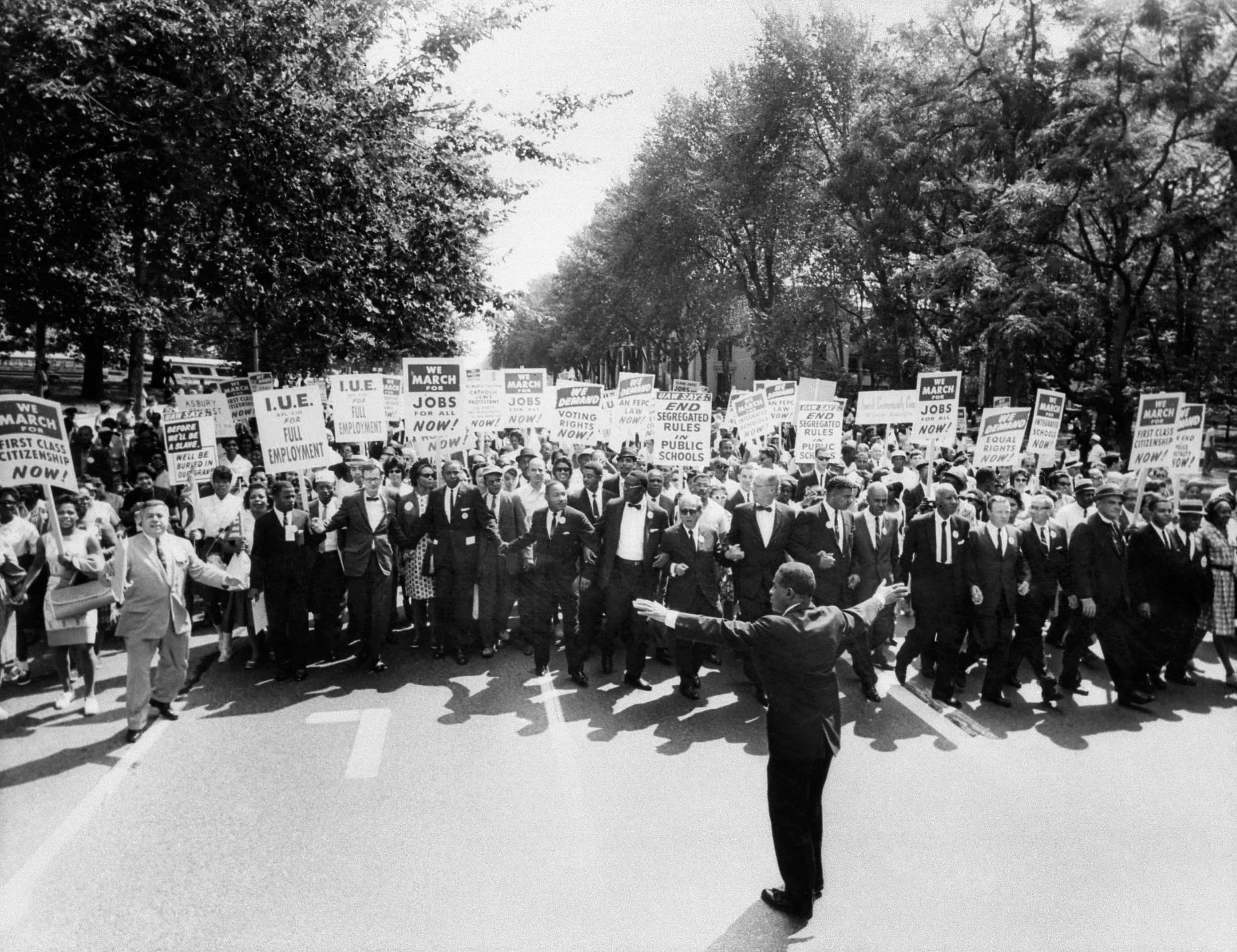On the 50th anniversary of Martin Luther King Jr.’s “I Have a Dream” speech, it strikes me how little it is generally understood that the civil rights movement in the United States is mirrored by struggles for equality and democracy in Central America. And it’s not just the fight in Central America between good ol’ boys like John Hull, the Indiana farmer who aided the U.S.-backed Nicaraguan Contras from his farm in northern Costa Rica, and 1960s activists like Martha Honey and Tony Avirgan, the husband-and-wife journalism team who devoted themselves during the ’80s to exposing Hull.
Ever since the adventurous, gray-eyed man of destiny William Walker tried to bring Central America into the U.S. union as slave states in the 1850s, events in Central America have been under the sway of politics in the southern United States. It should have come as no surprise that mercenary groups from places like Alabama, and with names like Civilian Military Assistance, were evident in abundance during the Contra era.
Also, Costa Rican former President and Nobel Peace Prize winner Oscar Arias’ calls for nonviolent political solutions to regional wars owed a debt to Martin Luther King Jr., whom Arias still quotes quite regularly. And just as King would have predicted, “the arch of the moral universe” that “bends towards justice” bent in favor of the peace process led by Arias.
The Arias peace plan tapped into a current of history that transcended national boundaries and was helped along by the same historical flow that boycotted buses in Montgomery, was hosed and attacked by police dogs in Birmingham and blocked a bridge in Selma.
Arias acted with the knowledge that his pacification plan would take root in a country that abolished its army in 1948 and where a sign outside the chambers of Congress quotes the first president of the republic, José María Castro Madriz, as saying, “The sword is the enemy of freedom – we should block it from power.” The powers that pursued an armed solution to the Central American conflict did so oblivious to the historical forces at work in the region.
U.S. Ambassador to Costa Rica Lewis Tambs (1985-1986) – who resigned after 16 months at his post when reports surfaced that he had tried to influence Costa Rican officials to allow Contra arms shipments through Costa Rica – probably didn’t know, and surely wouldn’t have cared if he did, about the 30-year rivalry between three-time Costa Rican head of state José “Pepe” Figueres and the Nicaraguan dictator Anastasio Somoza, deposed in 1979 by Sandinista rebels.
Costa Ricans still remember the annual Christmas bombardments of their territory in the 1950s by Somoza, which the dictator engaged in as much to chastise Figueres for his constant conspiring with Somoza foes as to help aid Figueres’ political rival, Rafael Ángel Calderón Guardia, exiled in Nicaragua.
If, as Tambs later testified in the U.S. Congress’ Iran-Contra hearings, he was sent to Costa Rica primarily to establish a Contra “southern front,” he was sent on a fool’s errand. Despite their distaste for the Sandinistas, Costa Ricans would never have accepted a Somocista-led Contra presence.
And the Iran-Contra scandal, which had the effect of focusing U.S. public attention on a Contra policy run amok in a relative policy-making backwater, proved that the U.S. people as a whole were, at the end of the day, not going to accept it either. The peace plan not only put an end to the region’s civil wars, but also laid out a framework for continued peaceful democratic development throughout the region.
The hopes initially raised by the signing of the peace plan in Esquipulas, Guatemala, on Aug. 7, 1987, have been dashed in the short term by the rise of trans-regional drug gangs and continued high levels of violence and impunity in the region. But lately signs have pointed to life for the “Spirit of Esquipulas.”
In Guatemala, the trial of former dictator Efraín Ríos Montt, and in El Salvador, renewed debate over post-war amnesty, show the stirrings of life in the will to bring the Esquipulas accords to their full fruition. If history is any guide, the great arch of the moral universe will continue to bend toward justice in Central America.






